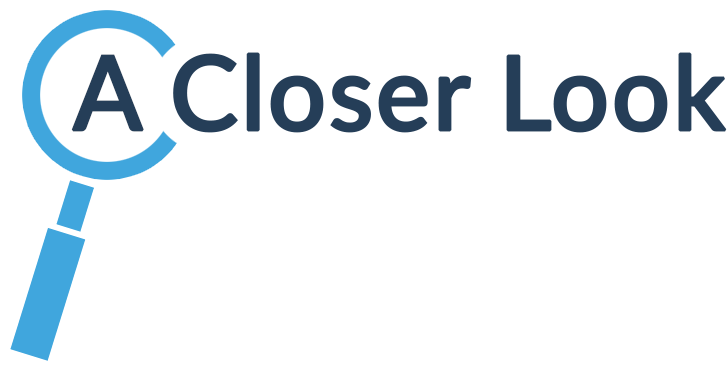Contact
Risepoint
700 North Pearl Street, Suite 600
Dallas, TX 75201
855-593-6050

A course map creates a blueprint for the course. It outlines the objectives, learning content, discussions, and assessments, while also illustrating the alignment between the activities and objectives. The course map will help visualize student workload across the course.
Course mapping provides benefits for individual courses as well as the program. Mapping provides a detailed picture of what is being taught and assessed throughout a program and can help uncover redundancies or gaps in the content, at both the course and program level. Additionally, course mapping serves as a systematic representation for students of how all learning materials and content support the course learning objectives. It provides students with a clear and defined path toward their learning goals, supporting student motivation, engagement, and academic success.
Mapping allows you to shift your focus from beyond content acquisition to higher level thinking and understanding as you create and illustrate important connections, which improves the alignment between the content, assessments, and your online instruction. (QM 2.4, QM 3.1, QM 4.1, QM 5.1)
Additionally, mapping allows an opportunity to make sure that key categories of the Quality Review (QM standards) are or will be addressed. While the map does not have to be extremely detailed, by creating a blueprint, you have a plan for what resources are needed, how to assess students to meet the module and course objectives, and what constitutes success on those assessments based on your objectives. Typically, mapping reduces the hours required to build the course in the LMS because you are creating this detailed roadmap from the very beginning.
Finally, the course map can be reviewed and updated each iteration of the course, allowing for continuous improvement. As the course runs, reflect on issues or confusing elements that may have appeared, as well as how students engaged with the material and performed on the assessments, so you can continue to improve the course.
The following video will provide an overview of how to use the course map.
A course map functions for a course in a similar way to a blueprint for a house. A course map outlines the objectives, learning content, interactions, and assessments in a course. It also illustrates objective alignment, or how all these pieces work together in a course. The course map will help you quickly visualize your curriculum and student workload.
Your course map will form the blueprint for your course alignment planning and course building. Ambrose, S. A., Bridges, M. W., DiPietro, M., Lovett, M. C., & Norman, M. K. (2010) identified seven research-based principles of learning. Citing a large variety of perspectives (cognitive, developmental, and social psychology; educational research; anthropology; demographics; and organizational behavior) this paper supports the use of course planning tools such as alignment maps to foster student learning in specific contexts. McTighe, J., & Wiggins, G. (2012) describe the Understanding by Design® framework which outlines the backward curriculum planning approach mirrored in the AP Course Map structure. Finally, Wijngaards-de Meij, L., & Merx, S. (2018) examined the importance of curriculum alignment and its impact on student learning and student awareness. Their findings regarding the positive effects of enhancing curriculum visibility suggests the AP Catalyst mapping process is a beneficial tool to increase student learning and persistence.
Ambrose, S. A., Bridges, M. W., DiPietro, M., Lovett, M. C., & Norman, M. K. (2010). How learning works: Seven research-based principles for smart teaching. John Wiley & Sons.
McTighe, J., & Wiggins, G. (2012). Understanding by design framework. Alexandria, VA: Association for Supervision and Curriculum Development.
Wijngaards-de Meij, L., & Merx, S. (2018). Improving curriculum alignment and achieving learning goals by making the curriculum visible. International Journal for Academic Development, 23(3), 219-231.
Course mapping applies a concept typically used in academic program curricula to support the development of individual courses. Beckham, R., Riedford, K., & Hall, M. (2017) present a framework for visually mapping Health Sciences courses and demonstrate how visualizing student expectations assists in meeting professional and best practice standards. Hay, D., Kinchin, I., Lygo, Baker, S. (2008) discuss how transforming abstract knowledge into visual representations can enhance teaching quality. Finally, Shaw, A. (2019) offers an actionable plan for building a course map and shows how course maps can be used as “living documents” that can be reviewed and updated each iteration of the course, thereby supporting a cycle of continuous improvement in meeting learning outcomes.
Beckham, R., Riedford, K., & Hall, M. (2017). Course mapping: Expectations visualized. The Journal for Nurse Practitioners, 13(10), e471-e476.
Hay, D., Kinchin, I., & Lygo, Baker, S. (2008). Making learning visible: the role of concept mapping in higher education. Studies in higher education, 33(3), 295-311.
Shaw, A. (2019, October). Course Mapping: Wiley Center for Teaching and Learning. Retrieved October 26, 2021, from https://ctl.wiley.com/course-mapping-2/

Live online course design and delivery webinars hosted by the Academic Services and Products team
Developed by Risepoint, Faculty eCommons (FeC) is a social learning ecosystem for faculty across the world to work together to improve online education. FeC contains resources specifically tailored to help online instructors and is maintained by the Academic Services and Products team at Risepoint.
The information provided on Faculty eCommons, including links to third-party websites, does not, and is not intended to, constitute legal advice; instead, all information, content, and materials on this website are for general informational purposes only.
Risepoint
700 North Pearl Street, Suite 600
Dallas, TX 75201
855-593-6050